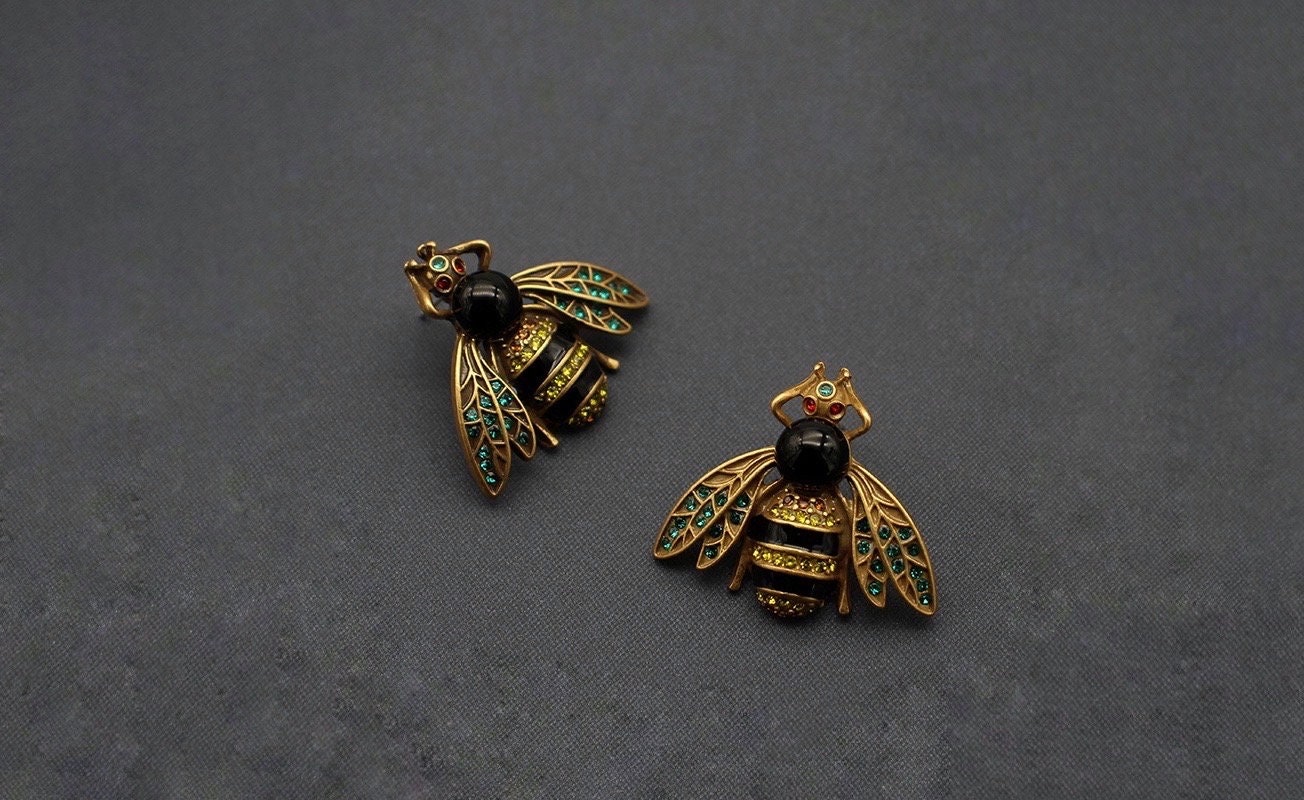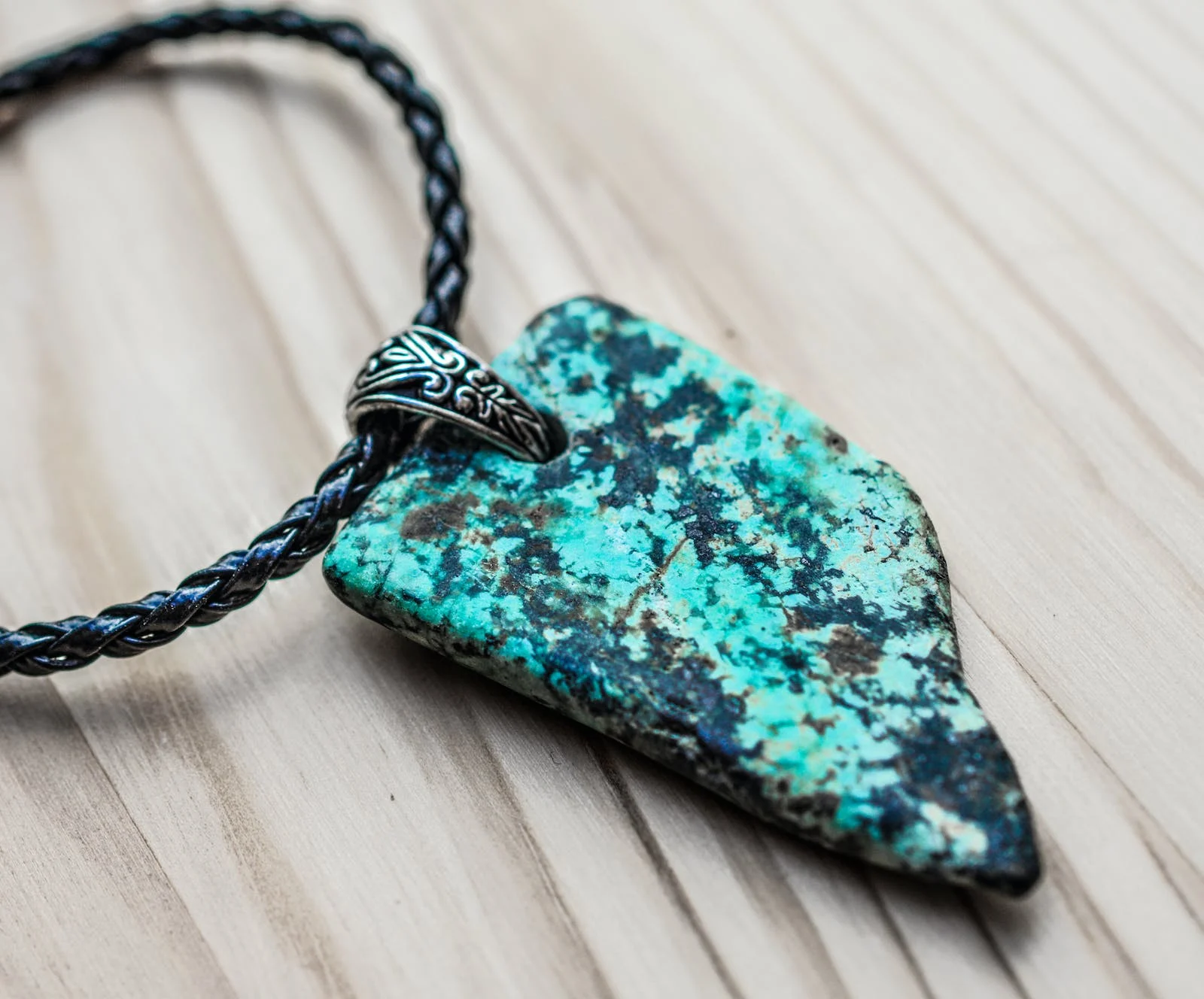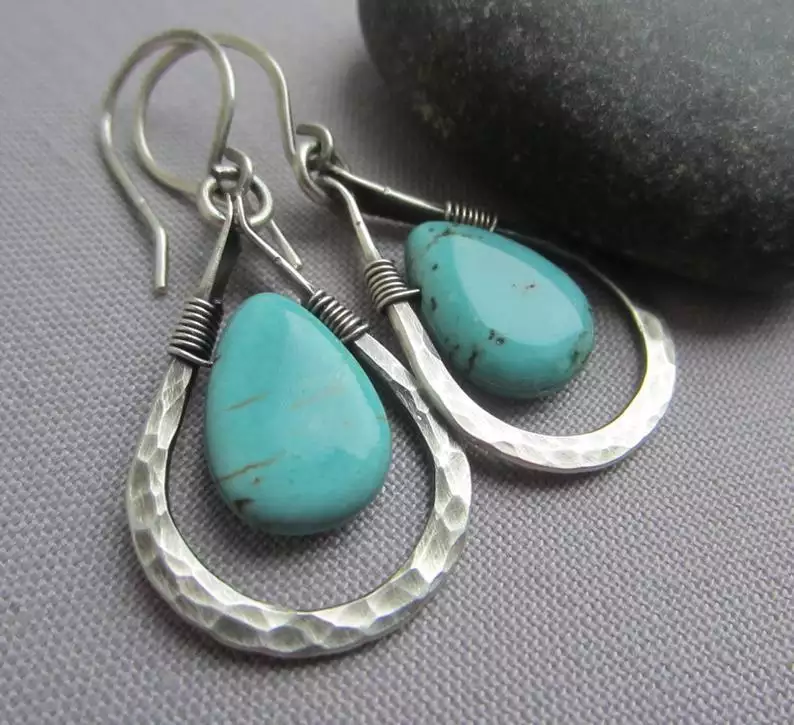
Before diving in, it’s essential to understand the term “vintage.” Jewelry is considered vintage if it is at least 20-30 years old but less than 100 years old. Anything over 100 years old is classified as antique. Knowing this distinction can help narrow down your search and ensure you’re on the right track when identifying a piece.
2. Examine the Craftsmanship
One hallmark of vintage jewelry is the exceptional craftsmanship. Older pieces were often handmade or created with limited technology, resulting in intricate details. Look closely at:
- Engraving and Detailing: Authentic vintage pieces often feature hand-carved details, which may not look as uniform as machine-made ones.
- Settings: Stones were typically set by hand in prongs or bezels. Modern glue settings, while common today, were rarely used in vintage jewelry.
- Finish: Vintage jewelry may show signs of wear, like slight tarnish or patina, which can indicate its age.

3. Look for Hallmarks or Maker’s Marks
Most vintage jewelry carries a hallmark—a small stamped symbol or number—indicating the type of metal used or the maker’s identity. Here’s how to interpret these markings:
- Metal Stamps: Look for marks like “925” for sterling silver or “10K,” “14K,” or “18K” for gold.
- Maker’s Mark: Research the maker’s mark or logo to determine the manufacturer and the era in which the piece was made.
4. Research Jewelry Eras
Different jewelry styles are associated with specific historical periods. Familiarize yourself with these popular eras to help pinpoint the age of a piece:
- Art Deco (1920s-1930s): Bold geometric designs, symmetrical patterns, and colorful gemstones.
- Retro (1940s-1950s): Large, playful designs often featuring gold and synthetic gemstones.
- Mid-Century Modern (1950s-1960s): Sleek, minimalistic styles with pearls and diamonds.

5. Inspect the Materials
The materials used in vintage jewelry can also offer clues about its authenticity and age:
- Gemstones: Check for natural imperfections, as older gemstones were not always flawless. Vintage diamonds, for instance, may have a “European cut” or “rose cut,” different from modern precision cuts.
- Metals: Platinum, gold, and sterling silver were commonly used in vintage pieces. Be wary of base metals or alloys that are prone to corrosion.
- Clasps and Fastenings: Older pieces often have unique clasps, such as C-clasps, barrel clasps, or trombone clasps, which are rarely used today.
6. Consult Vintage Jewelry Guides
Reference books and online resources are invaluable for identifying vintage jewelry. Look for detailed guides with images of hallmarks, styles, and maker’s marks from different periods. These resources can help you learn to spot unique characteristics of authentic vintage pieces.
7. Seek Professional Advice
When in doubt, consult a professional jeweler or appraiser who specializes in vintage or antique pieces. They can help authenticate a piece, provide a valuation, and even share insights about its history.

8. Look for Signs of Wear and Age
Authentic vintage jewelry often has subtle signs of wear, such as:
- Slight discoloration or patina on metals.
- Worn-down prongs or clasps.
- Scratches or minor imperfections on gemstones.
These signs should appear natural and not artificially added to fake an antique look.

Identifying vintage jewelry is as much about knowledge as it is about intuition. By understanding the key characteristics of vintage pieces and using tools like hallmarks, craftsmanship, and materials as guides, you can confidently distinguish genuine vintage jewelry from modern replicas. Whether you’re a collector or simply a fan of timeless designs, learning to identify vintage jewelry will enrich your appreciation for these unique and beautiful pieces.








